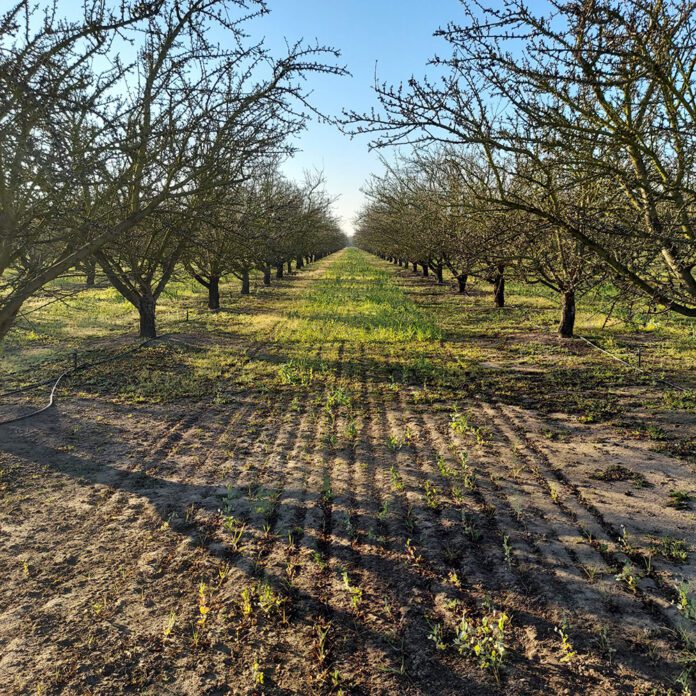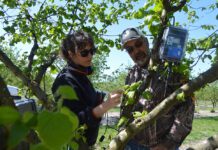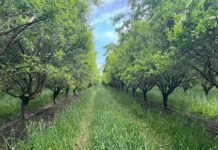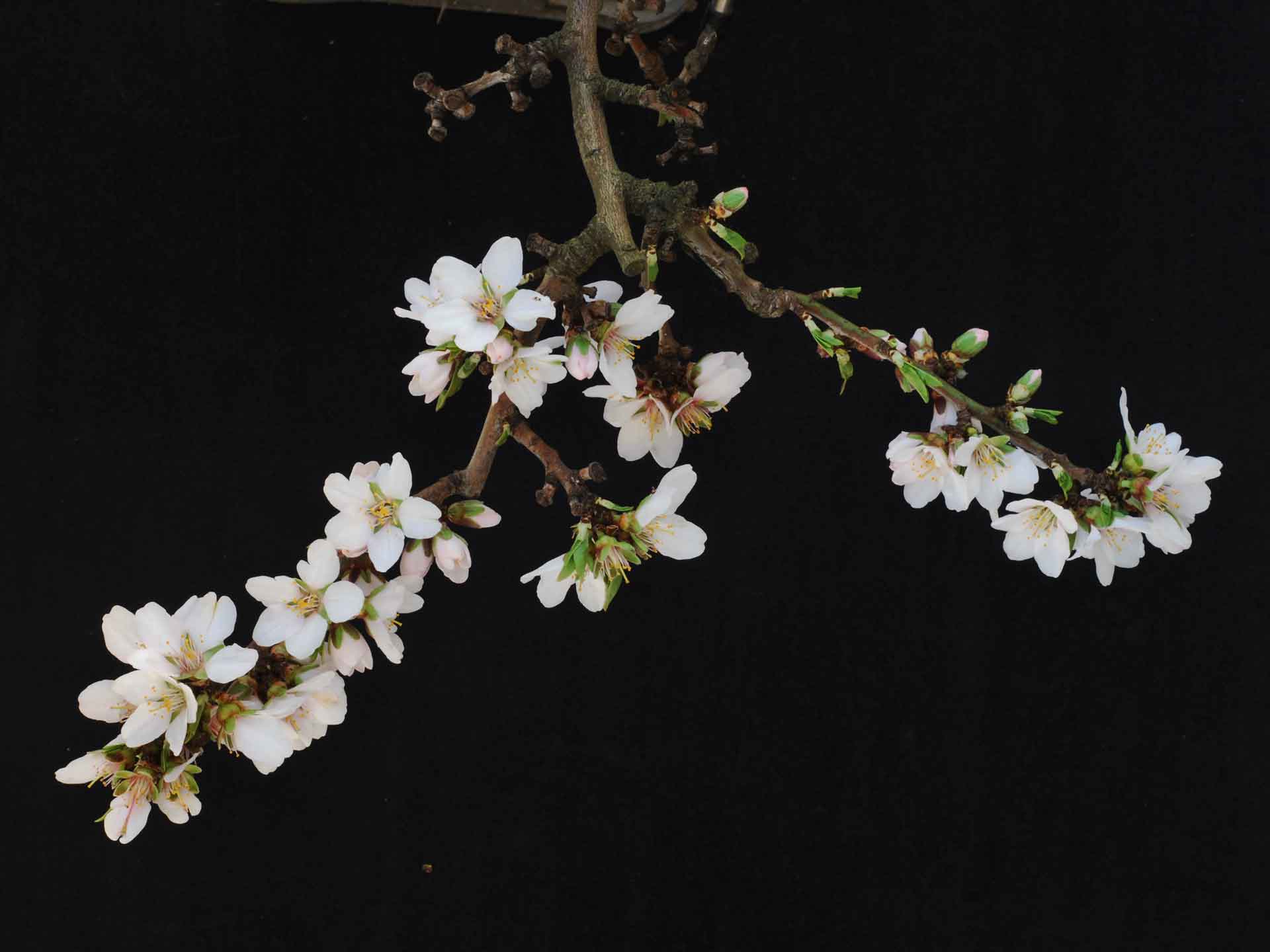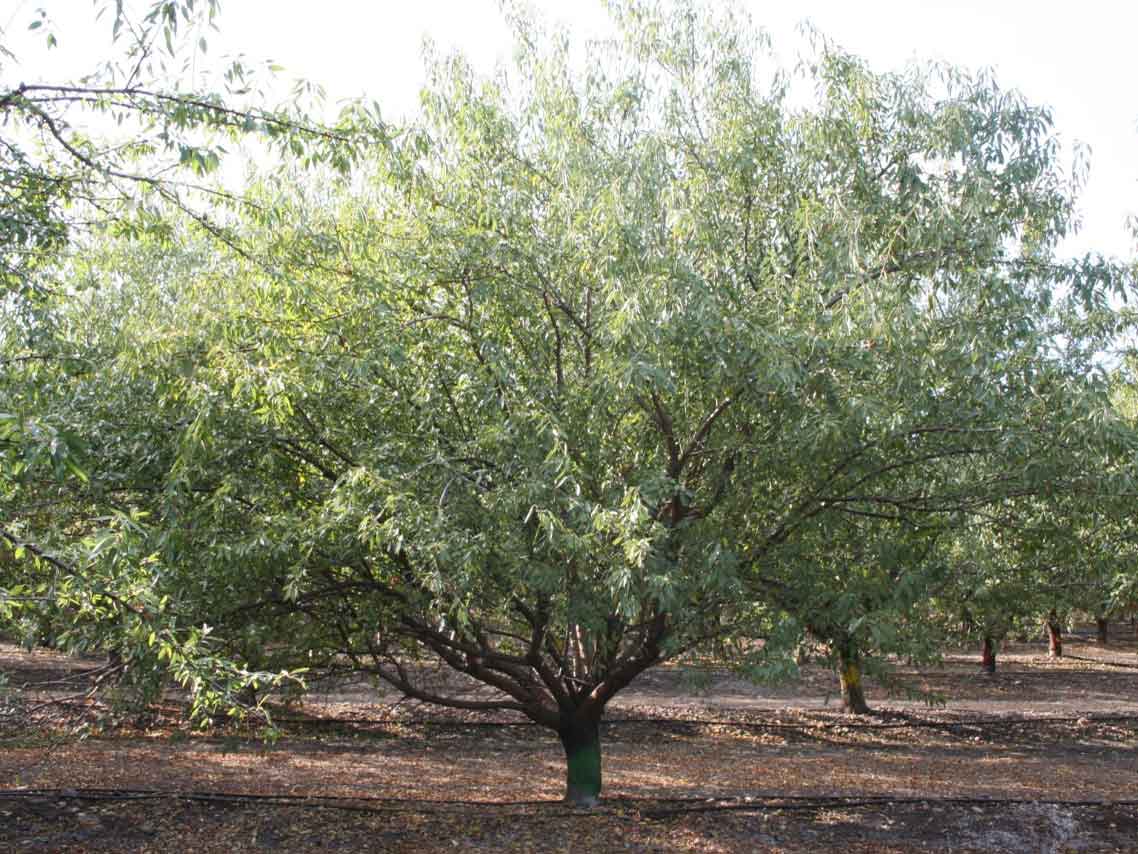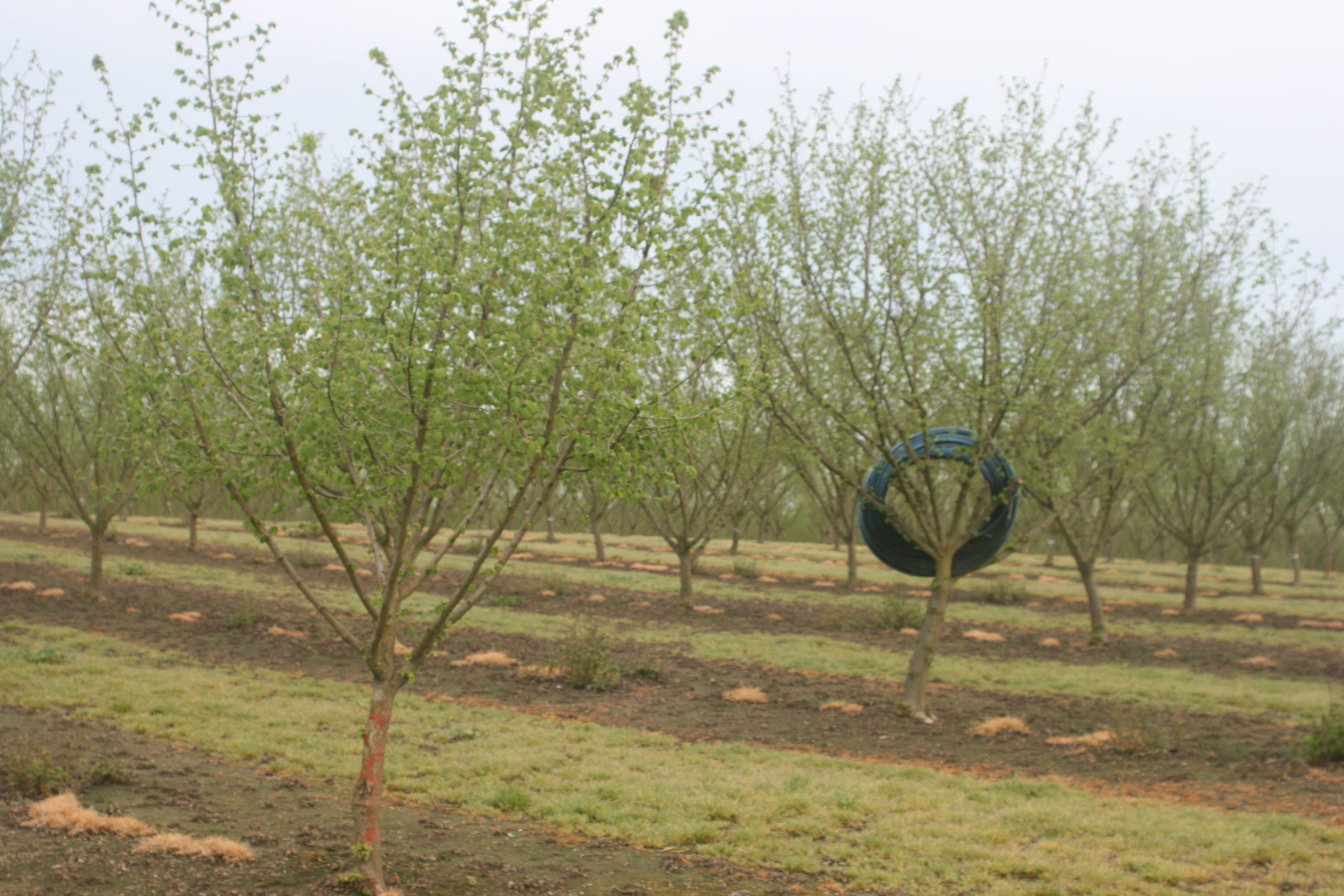Soil compaction has been a near-constant issue for growers throughout human history. Compaction reduces crop yields, decreases the amount of water the soil can hold and limits gas exchange, which can suffocate plant roots. Compacted soils restrict root growth, block plants from accessing deeper soil levels and, in some cases, limit access to water stored in deeper soil profiles. For generations, tillage has been the primary method to manage this issue.
Growers have traditionally used tools like harrows, disks, plows and rippers to combat compaction. These implements mechanically disrupt compacted soil layers, creating a more favorable environment for root growth. However, another approach, cover crops, has been finding renewed interest in modern farming. Cover crops, largely overlooked after the rise of machinery and chemical fertilizers, have shown notable potential for reducing compaction, particularly in perennial crop systems.
Types of Compaction
Soil compaction occurs in several forms, including overall compacted or collapsed soils, soil crusting and hardpans located deeper in the soil. Each type has unique effects on crop production. Generally, the shallower the compaction, the more detrimental it is to crops. For instance, most almond feeder roots are located within the top 18 inches of soil. Compaction at this depth can reduce root growth, hinder nutrient uptake and negatively impact yields.
Hardpans, on the other hand, are compacted layers that form deeper in the soil profile and can prevent roots from penetrating to access water and nutrients. Soil crusting, another type of compaction, occurs at the surface and inhibits water infiltration and seedling emergence. Understanding the type and depth of compaction is critical for implementing effective mitigation strategies.
Cover crops are plants grown primarily for their soil and pollinator benefits rather than for harvest. They are particularly effective in addressing soil compaction through their root systems. Cover crops generally exhibit two main root types: taproots and fibrous roots. Taproots, such as those of radishes or certain legumes, grow deeply into the soil, breaking up compacted layers and creating channels for water and air movement. As these roots decay, they leave behind voids that improve soil porosity. Fibrous roots, such as those of grasses, form a dense network that binds soil particles together, reducing erosion and creating microfractures that enhance soil structure.
Beyond their physical effects, cover crops improve soil health through a variety of mechanisms. They contribute organic matter to the soil, support microbial populations, and release root exudates that promote aggregate stability. Healthier soils are inherently more resistant to compaction, making cover crops a preventative as well as remedial solution.
Soil compaction is caused by a combination of natural and human-induced factors. The most common agricultural cause is the use of heavy machinery, especially under wet conditions. Soil is most susceptible to compaction just before reaching saturation when its particles are easily rearranged under pressure. However, even dry soils can be compacted by repeated traffic from machinery or livestock. Other factors include excessive tillage, which can push compaction deeper into the soil profile, and poor soil health, characterized by low organic matter content.
Mitigating Compaction
Organic matter plays a vital role in preventing and mitigating soil compaction. It reduces soil particle binding, increases porosity and creates a stable structure that resists collapse. Organic matter encompasses a variety of carbon-based materials, including plant residues, microbial biomass and substances like glomalin.
Glomalin, produced by arbuscular mycorrhizal fungi, is particularly important. This sticky, glue-like substance coats soil particles, binding them into aggregates that are more resistant to compaction. Even after the fungi that produced it have died, glomalin remains in the soil, providing long-lasting benefits.
Microbial activity is another critical factor. Cover crops support diverse microbial populations by releasing root exudates, compounds that attract and nourish beneficial microbes. These microbes in turn contribute to organic matter through their metabolic processes and eventual decomposition. Studies have shown microbial necromass (the remains of dead microbes) can constitute up to 30% of soil organic matter in temperate forest ecosystems. This underscores the interconnectedness of soil biology and structure.
Soil crusting is a surface phenomenon that occurs when raindrops or irrigation water impact bare soil, dislodging particles that subsequently settle and form a hard, impenetrable layer. This crust restricts water infiltration and gas exchange, making it difficult for seeds to germinate and roots to grow. While less of an issue in orchards, soil crusting can be disastrous for row crops and vegetables.
Cover crops mitigate soil crusting by providing a protective canopy that intercepts rain and reduces their impact on the soil. The root systems of cover crops also help to bind soil particles, preventing them from being dislodged. Additionally, the organic matter contributed by cover crops improves soil aggregation, making the surface less prone to crusting.
The effects of cover crops on soil compaction extend beyond simply breaking up compacted layers. Their presence alters the physical, chemical and biological properties of the soil, leading to long-term improvements. Root exudates released by cover crops attract and support a variety of microbes which can promote aggregate stability and improve soil structure. As organic matter builds up, the soil’s ability to retain water and nutrients increases, further enhancing its resistance to compaction events.
Another important consideration is the compatibility of cover crops with existing cropping systems. Selecting the right species is critical for achieving desired outcomes. Deep-rooted species like daikon radish are particularly effective at penetrating deep into the soil, while fibrous-rooted grasses are better suited for improving surface soil structure. Growers can customize their cover crop mixes to target specific types of compaction or to address other agronomic goals, such as nitrogen fixation or weed suppression.
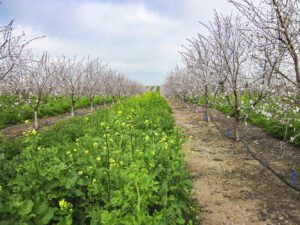
Timing and Selection
The timing of cover crop planting and termination is essential for maximizing their benefits. Cover crops are typically sown during the off-season when the main crop is not actively growing. This ensures they do not compete for resources while still providing soil benefits. Management practices, such as mowing, rolling or incorporating cover crops into the soil, are used to terminate them and prepare the field for the next planting.
Proper equipment selection and operation also play a significant role in reducing soil compaction. For instance, using wide tires or tracks on machinery can distribute weight more evenly and reduce pressure on the soil. Avoiding field operations during wet conditions further minimizes the risk of compaction. When combined with the use of cover crops, these strategies create a comprehensive approach to managing soil structure.
While cover crops offer many advantages, their use is not without challenges. They require additional labor and resources for planting and management, and their effectiveness depends on proper species selection and timing. Poorly managed cover crops can compete with cash crops for water and nutrients, potentially reducing yields. Additionally, the upfront costs associated with cover crop implementation can be a barrier for some growers. To help growers select the ideal cover crop for their needs and to avoid such issues, Seeds for Bees offers free cover crop seed and readily accessible technical advice.
Soil compaction remains a persistent issue in agriculture. Cover crops, with their ability to improve soil structure and enhance organic matter, support microbial life and represent a versatile approach to reducing compaction. By integrating cover crops into their farming systems, growers can address compaction at multiple levels, from surface crusting to hardpans. Although the transition to using cover crops requires careful planning and management, the benefits to soil and crop productivity make it a valuable tool for long-term success in agriculture.
Growers located in California who are interested in getting free cover crop seed can apply to the Seeds for Bees program at projectapism.org.







